Clement Greenberg.
Art and Culture (18+)
A landmark collection of pivotal writings on the principles of modernist art, pictorial depth and flatness, and the phenomenon of mass culture.
The book features a selection of Clement Greenberg’s essays tracing the evolution of twentieth-century art. Although best known for his programmatic essay Avant-Garde and Kitsch (1939) Greenberg’s legacy extends far beyond that singular text. His oeuvre includes incisive analyses of modern sculpture and painting—especially Impressionism and Abstract Expressionism—alongside sharp sociological and cultural critiques, as well as vivid excursions into literary criticism.
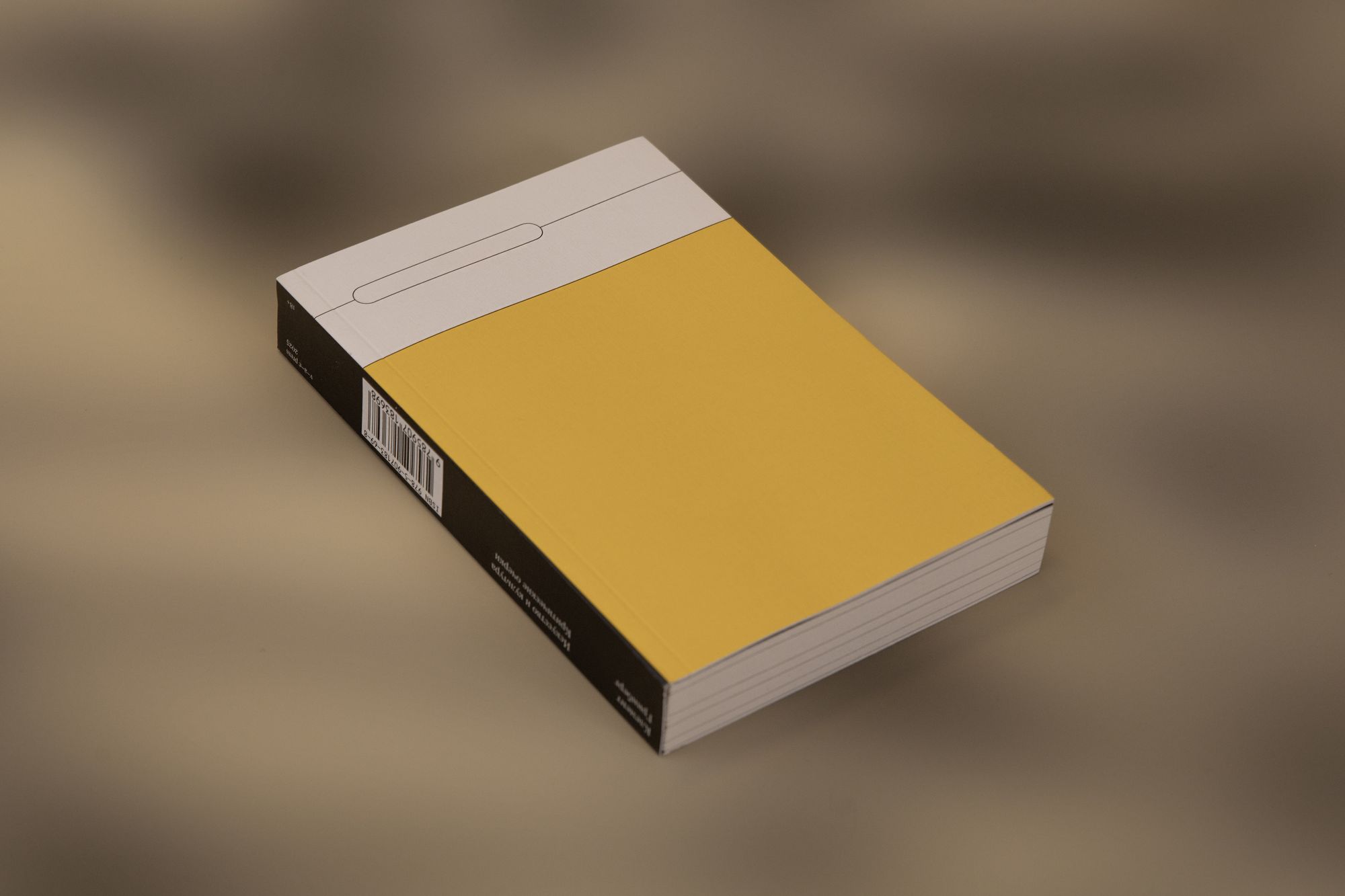
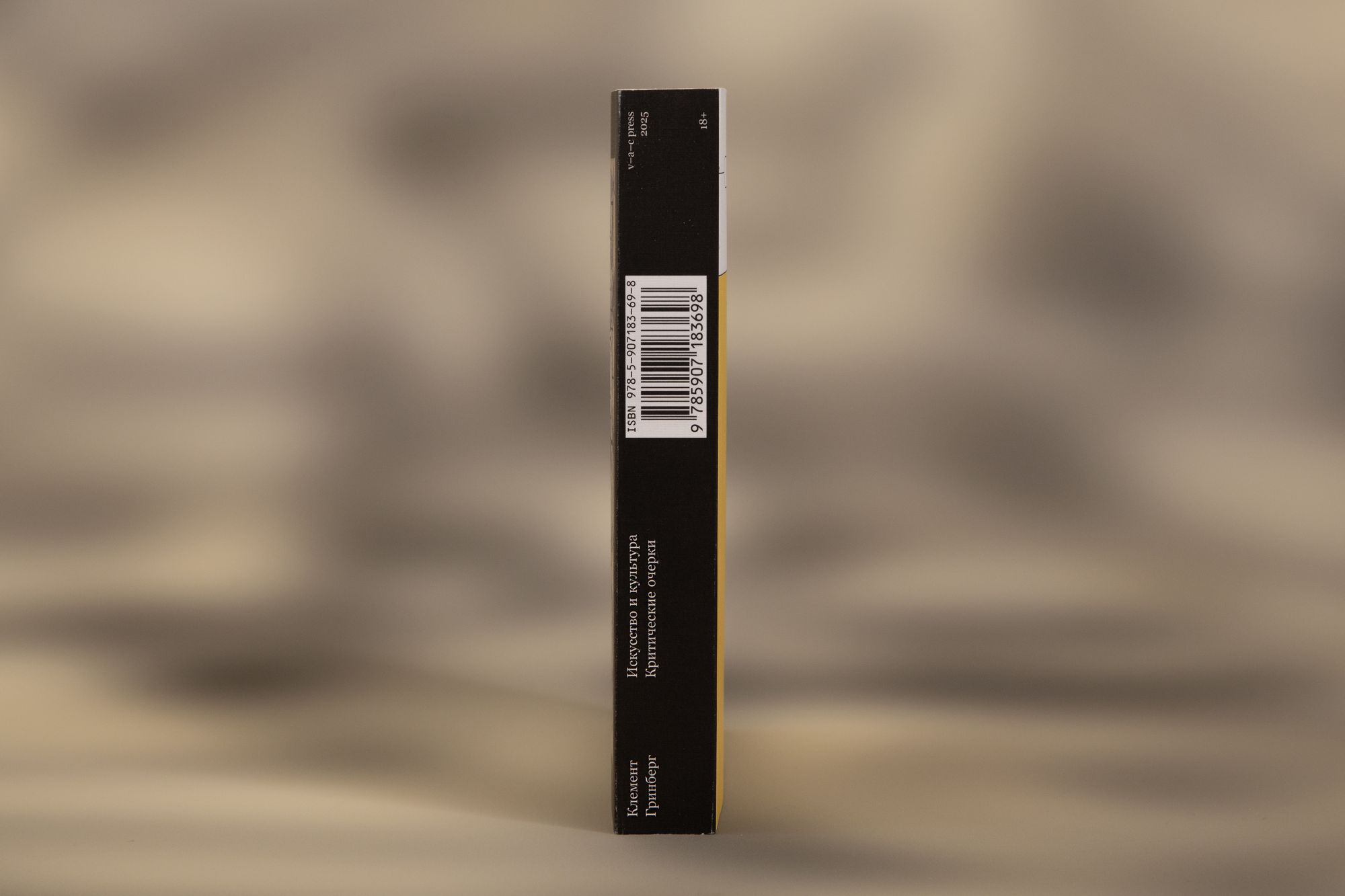
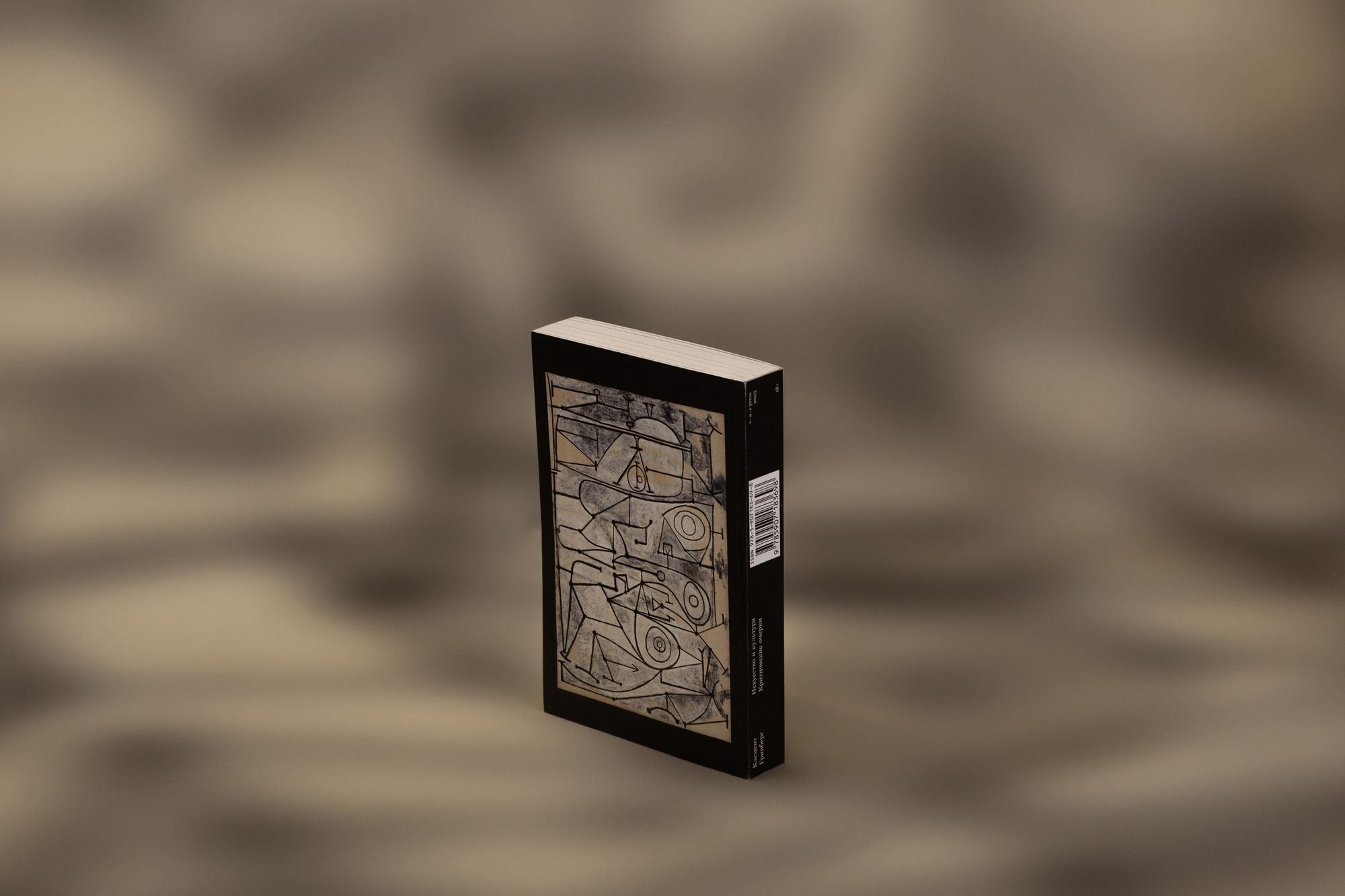
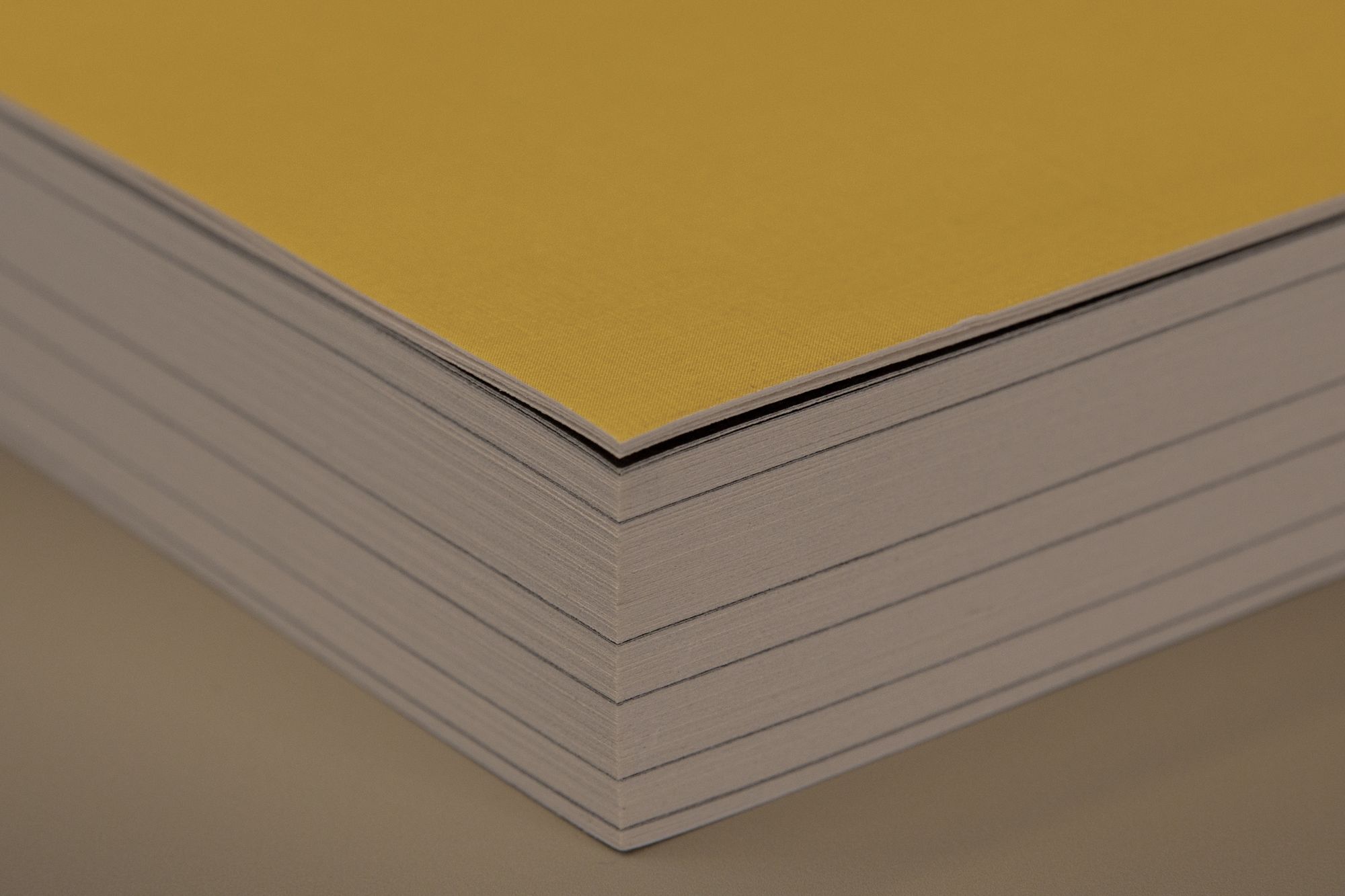
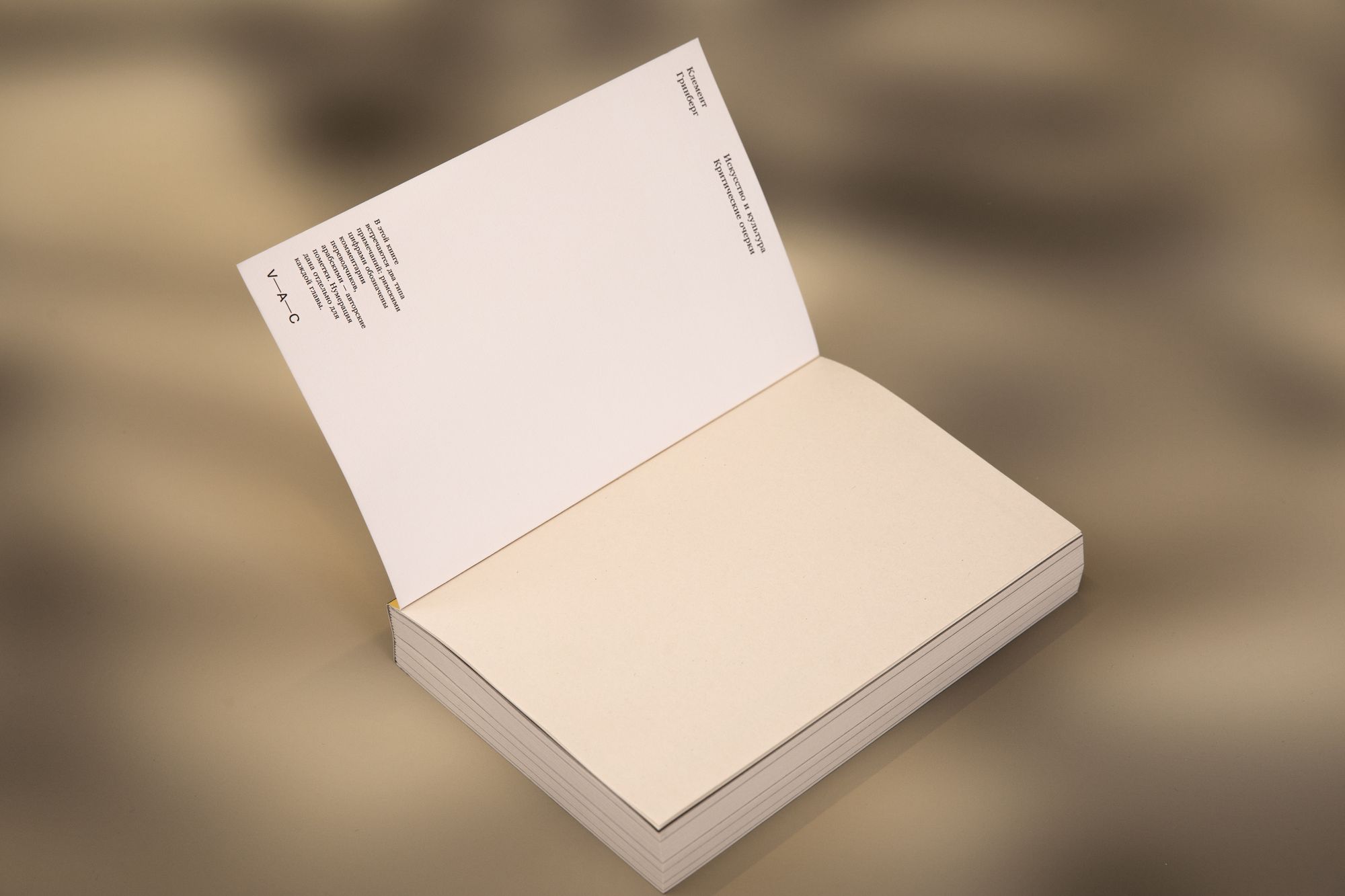
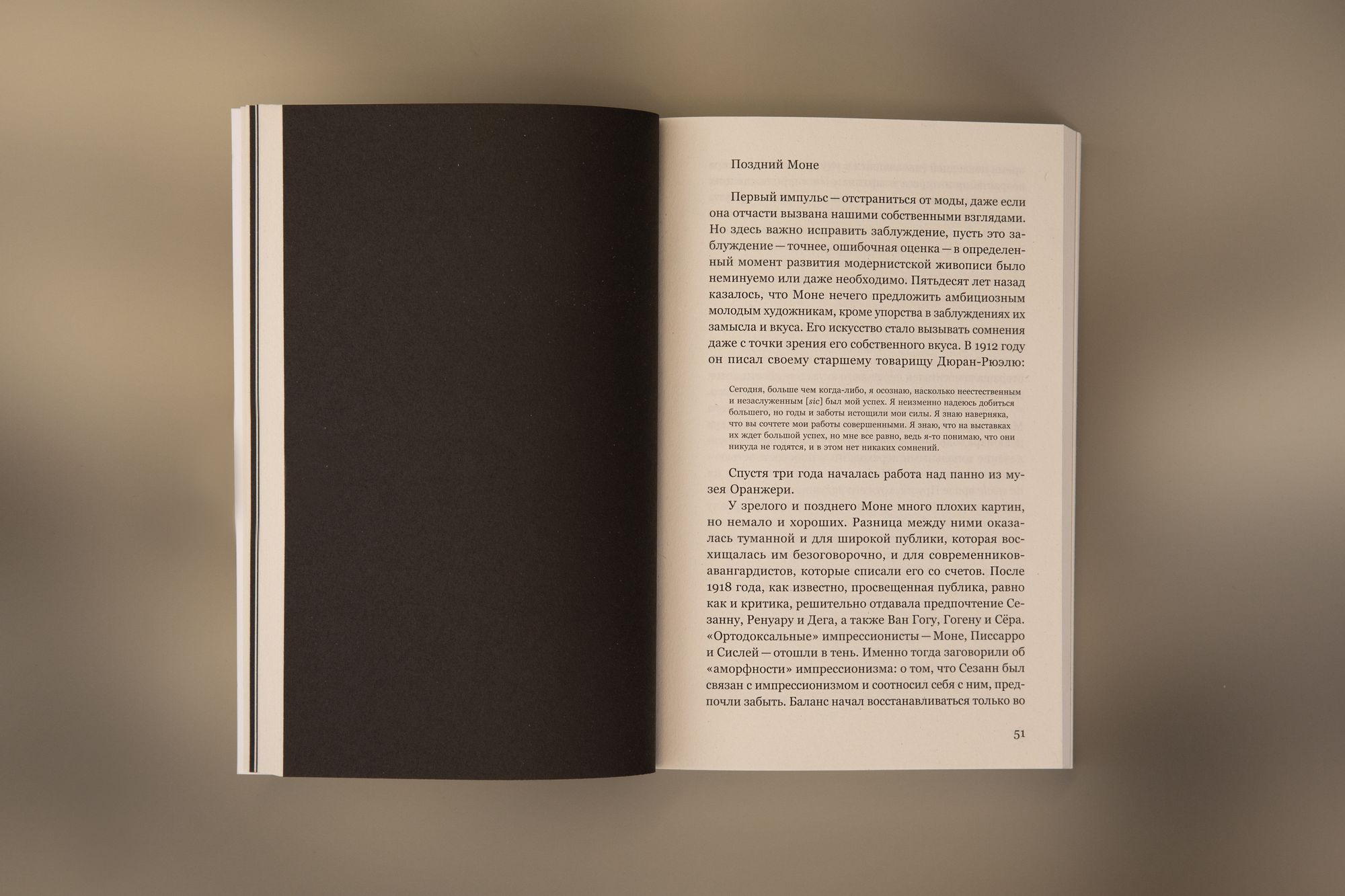

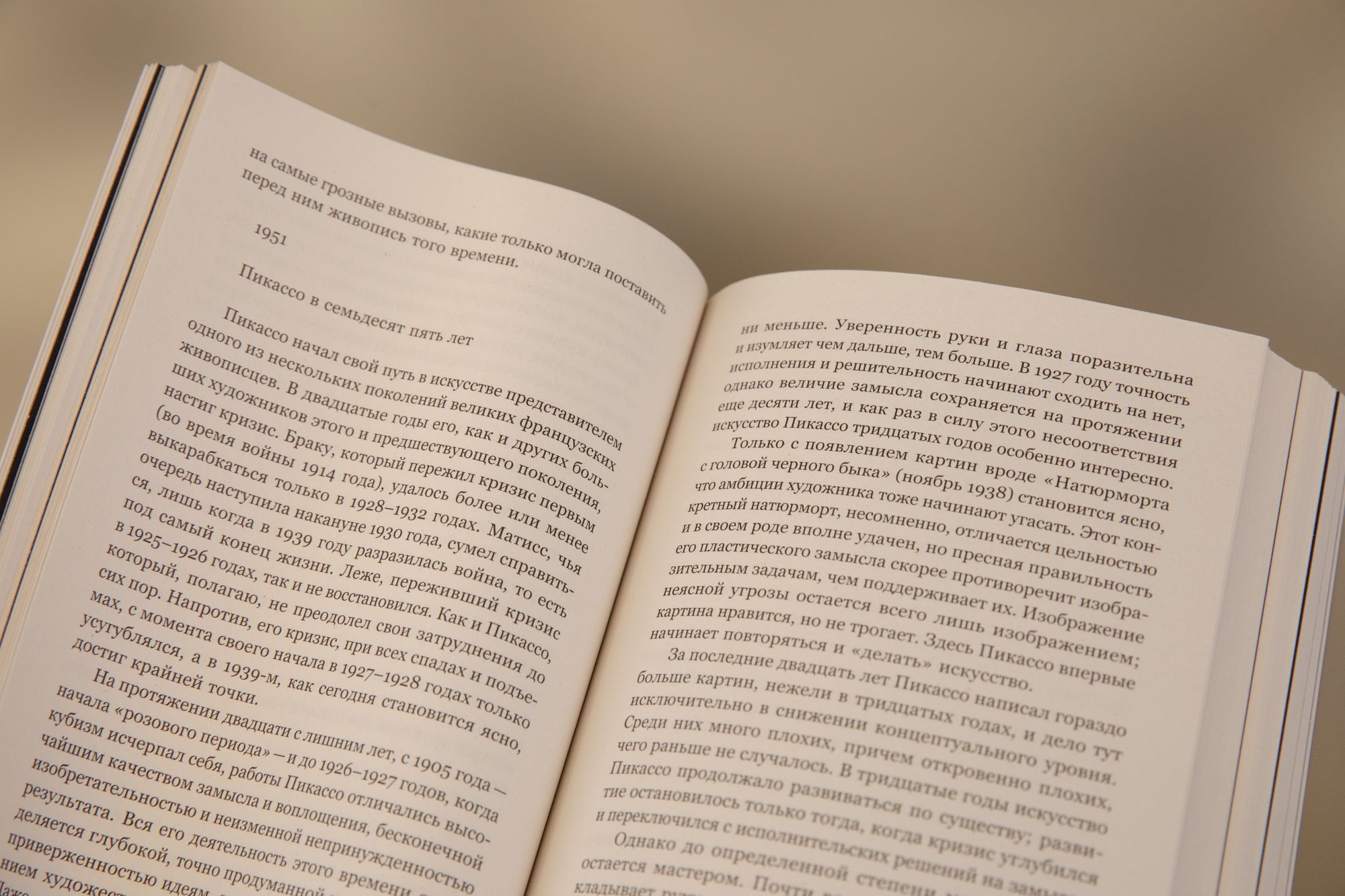

All photos: Ruslan Shavaleev
Clement Greenberg (1909–1994) was a key American art critic and theorist of Abstract Expressionism.
We invented that dream is an acronym: a way to form a narrative. That is a certain free principle of video content production. Amazing company of very different people very freely put their “collective dream”. Somewhere in a remote area, some people are dreaming. There’s nothing more unimportant than that. Or it is the most important thing. It’s like a new fabric of public relations is opening up to us, it’s the content of the film
– Andrey Silvestrov, head of the workshop
In these texts, many of which had not been previously translated into Russian, Greenberg develops the concept of medium specificity: the idea that each art form is grounded in its own material conditions. Painting, for instance, draws upon the flatness of the canvas, the use of colour, line, and texture, and either the creation or refusal of three-dimensional illusion. Sculpture, meanwhile, is marked by its self-sufficiency—its volume and tactility, though central, may recede in favour of other qualities.
Greenberg devotes particular attention to Jackson Pollock, Barnett Newman, and Mark Rothko, while also reflecting on the works of Claude Monet, Pablo Picasso, Marc Chagall, Wassily Kandinsky, and others. He observes how the painted surface gains and loses depth, and how sculpture can absorb painterly techniques in unexpected ways.
Art and Culture had a profound impact on postwar art criticism, particularly in the United States, and continues to serve as a vital resource for understanding the aesthetics of modernism, debates around mass culture, and the artist’s role in contemporary society. Greenberg’s cultural perspective is that of a critic deeply embedded in the dynamics of his time—and in no small measure, his influence helped shape the very perception of postwar America as the epicentre of those dynamics.
Translators
Olga Gavrikova
Alexey Shestakov
Editors
Zara Abdullaeva
Olga Grinkrug
Design and layout
Roman Gornitsky
Vasily Kondrashov